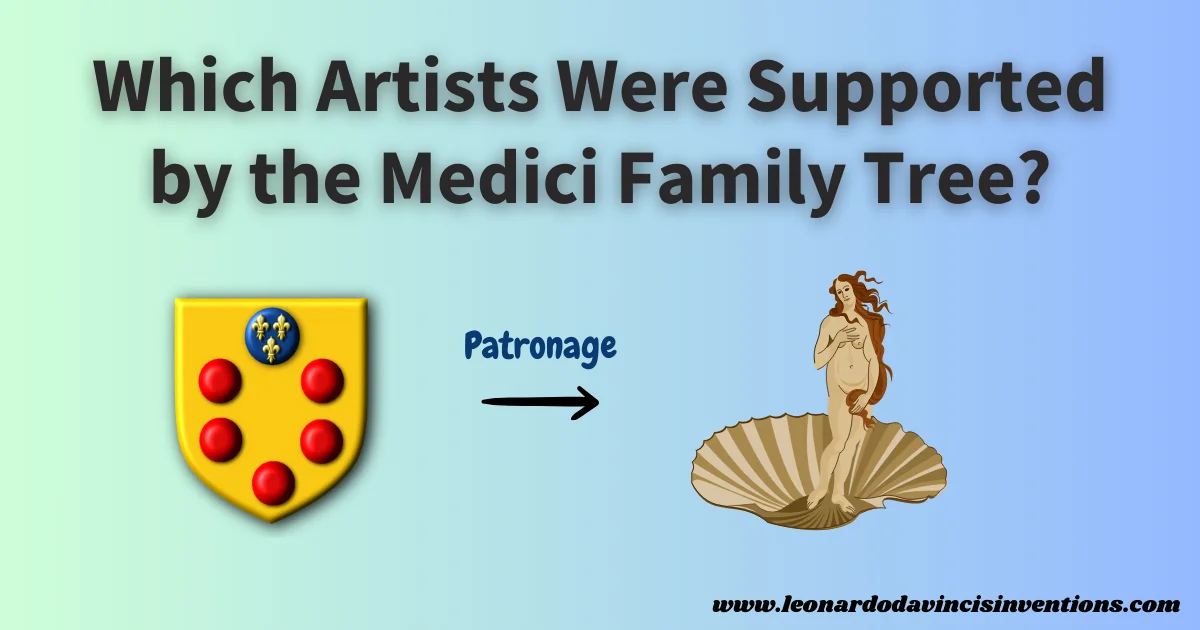
The Medici family tree is renowned for its profound connection to the Italian Renaissance and the artists who made that era so significant.
If you’ve ever wondered how certain artists became so well-known, you’re not alone. By exploring which artists were supported by the Medici family, you’ll get a clearer picture of their influence and discover the names connected to their powerful patronage.
The Medici family supported major artists, including Leonardo da Vinci, Michelangelo, Botticelli, and Donatello, as well as Fra Angelico and Fra Filippo Lippi.
Their financial and personal backing of these creative minds helped shape European art for generations to come. Through their support, buildings, paintings, and sculptures flourished, making Florence a leading cultural center.
Their interest in the arts continued through different generations within the Medici family tree. From Cosimo de’ Medici’s early interest in art and libraries to Lorenzo de’ Medici’s famous friendships with artists, each family member left a mark.
Key Renaissance Artists Supported by the Medici Family Tree
The Medici family, rulers of Florence and a leading Italian banking dynasty, played a decisive role in shaping the Renaissance. Their patronage of the arts elevated Florence as a center for creativity and left a lasting cultural legacy through the support of artists like Leonardo da Vinci, Michelangelo, and Botticelli.
Medici Family Tree: How the Medici Family Connects to the World Today
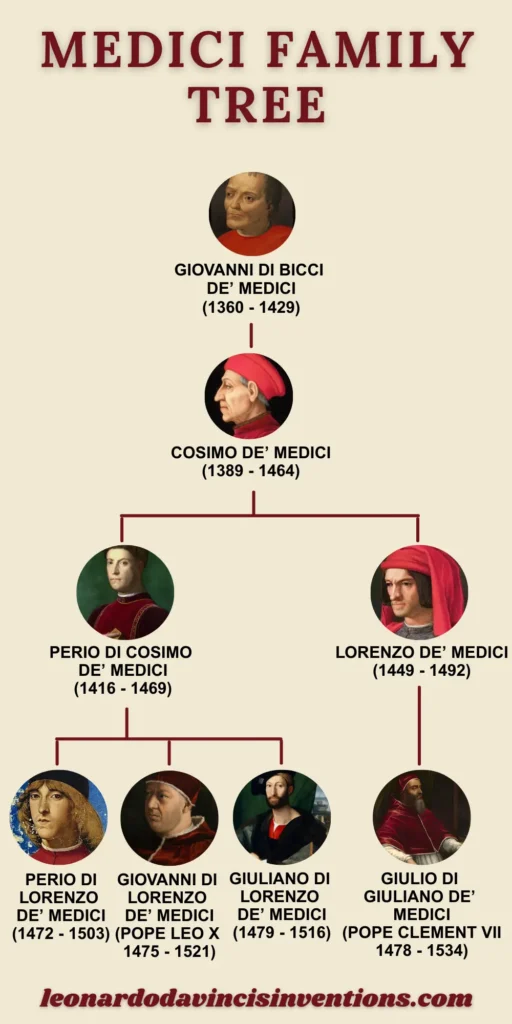
This Medici family tree infographic traces the lineage from Giovanni di Bicci de’ Medici to influential descendants like Lorenzo the Magnificent, Pope Leo X, and Pope Clement VII.
It highlights how the family’s power extended through politics, religion, and art during the Renaissance.
Leonardo da Vinci and the Patronage of the Arts
Leonardo da Vinci began his career in Florence at a time when the House of Medici held great power and influence. Lorenzo de’ Medici, sometimes called “Lorenzo the Magnificent,” recognized Leonardo’s talent early and gave him access to the Medici’s workshops and connections.
This support allowed Leonardo to grow as an artist and scientist, experimenting freely with new ideas. The Medici family’s wealth and backing enabled Leonardo to work with materials, models, and skilled assistants that few others could match in Italy at the time.
Much of his development as a Renaissance master was made possible by this unique environment of artistic freedom and innovation.
Michelangelo’s Rise to Power in Florence
Michelangelo’s early career flourished under the strong support of the Medici family tree. As a young man, he was invited to live at the Medici palace, where Lorenzo de’ Medici became his patron.
This relationship afforded Michelangelo access to the city’s finest teachers, resources, and a close circle of artists and scholars. The environment fostered by the Medici helped Michelangelo create works that have become icons of the Renaissance.
The family’s consistent patronage helped him secure critical public commissions. Their connections later enabled him to work on major projects in both Florence and Rome.
Botticelli’s Legacy in the House of Medici
Botticelli created some of his most famous paintings, including “The Birth of Venus” and “Primavera,” for members of the Medici family. The family’s enthusiasm for art and culture set the stage for Botticelli to explore mythological themes and innovative styles that had not been seen before in Florence.
His close relationship with the Medici placed him at the heart of the family’s social and political events. Their commissions gave him lasting fame.
Because of Medici patronage, Botticelli’s works came to symbolize both the achievements and the taste of the era.
How the Medici Family Tree Shaped Art and Culture in Tuscany
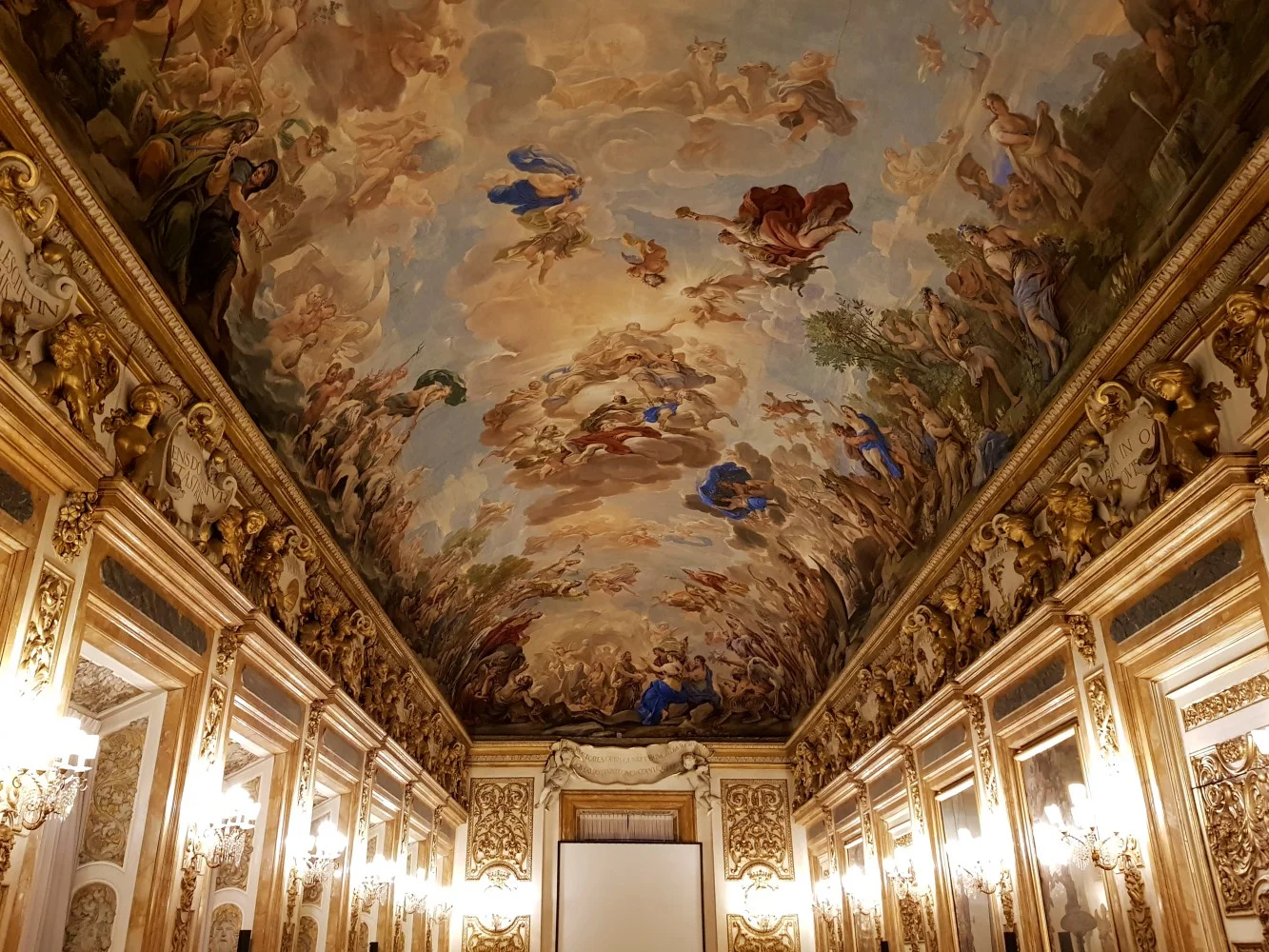
The Medici family’s rise to power sparked artistic and cultural advances across Tuscany. Through their banking empire and political leadership, the Medici dynasty left a long-lasting legacy that shaped art, architecture, and culture for centuries.
The Influence of Medici Wealth and Banking on Artists
Medici banking wealth provided the foundation for the family’s artistic patronage. Their banking house, which became one of the most powerful in Europe, enabled the Medici to fund paintings, sculptures, buildings, and churches throughout Florence and Tuscany.
Artists such as Michelangelo, Leonardo da Vinci, and Sandro Botticelli received direct financial support thanks to the Medici’s substantial resources. The family’s banking success also brought new business to Florence, allowing for a flourishing of commerce, culture, and creativity.
By investing in the arts, the Medici helped transform Florence into a leading city of the Renaissance.
Patronage, Politics, and the Artistic Revolution
The Medici family used their political influence to promote art as a display of power and wisdom. As rulers of Florence and a key political dynasty, they frequently linked art projects to significant events or achievements.
Public buildings, cathedrals, and palaces became symbols of Medici strength and Florentine pride. The Medici housed creatives, provided studio space, and even helped decide artistic subjects.
The Medici’s long-standing support enabled artists to focus on their craft, resulting in works that defined the Renaissance in Italy.
The Role of Grand Dukes of Tuscany in Supporting Art
When the Medici family became Grand Dukes of Tuscany, their influence on art expanded across the entire region. The Medici line included rulers like Cosimo I, who funded large-scale projects, including gardens, fountains, and public monuments.
Key Medici rulers established:
- The Uffizi Gallery
- Medici Palaces in Florence and beyond
- Collections of ancient and modern art
This support shaped Tuscany’s visual landscape and left landmarks that people still visit today. The Grand Dukes ensured that the Medici heritage of artistic patronage endured through shifting times and changing Italian politics.
The Lasting Impact of the Medici Family Tree on Italian Heritage
The Medici family tree profoundly shaped Italy’s culture and future by connecting banking, politics, and the arts. Their support changed Florence and Tuscany, influencing not only artists but also rulers and noble families across Europe.
Succession of Rulers and Their Support of Artists and Scientists
The Medici family tree started with Giovanni di Bicci de’ Medici, whose banking success gave the House of Medici the influence to control Florence’s government. Later rulers like Cosimo de’ Medici, known as the first “Father of the Nation,” made Florence a center for scholars and artists.
Lorenzo the Magnificent continued the tradition of support, helping talents like Michelangelo and Leonardo da Vinci succeed. Several members of the Medici family became popes, including Pope Leo X and Pope Clement VII, thereby extending the dynasty’s influence within the Catholic Church.
The family’s support for thinkers and inventors encouraged innovation and scientific discoveries in the heart of Tuscany.
Medici’s Contribution to the Renaissance and Florence’s Golden Age
Patronage from the Medici played a pivotal role in shaping the Italian Renaissance, a period characterized by groundbreaking ideas in art and science. Their wealth allowed them to commission masterpieces from artists such as Botticelli, Donatello, and Brunelleschi.
Many artists were trained, housed, and protected by the dynasty, giving them the freedom to create. The House of Medici also funded critical architectural works, including the Medici Chapel and the dome of Florence Cathedral.
This boom in creativity transformed Florence into a symbol of beauty and progress. The family’s efforts contributed to what many historians refer to as Florence’s golden age, characterized by notable achievements in painting, sculpture, and architecture.
The Medici Family Tree’s Legacy in Italian History and Nobility
The Medici legacy remains a vital part of Italy’s heritage. They produced several notable historical figures, including rulers, popes, and queens like Catherine de’ Medici.
Their policies helped change Florence from a medieval republic into the Grand Duchy of Tuscany. Medici palaces and landmarks still stand as reminders of their power.
The family’s influence extended through marriages into other royal families, weaving their lineage into the broader network of European nobility.
Frequently Asked Questions
The Medici family tree features some of the most influential figures in European history. Their fortunes, legacy, relationships, and controversies continue to spark curiosity.
The main Medici bloodline came to an end in the 18th century. However, descendants may exist through other families related by marriage. The family no longer holds power or wealth as it did during the Renaissance.
When Anna Maria Luisa de’ Medici died in 1743, the direct line of the Medici family came to an end. She left much of the family’s property, art, and treasures to the city of Florence, ensuring that the public could enjoy the Medici collection.
Catherine de Medici was a descendant of Lorenzo the Magnificent, who was Cosimo de’ Medici’s grandson. This makes Catherine a member of the extended Medici family tree.
The Netflix series “Medici: Masters of Florence” is based on real people and events. However, the show alters timelines and dramatizes stories for entertainment, so some details do not align with historical accuracy. Not all characters and events are depicted accurately.
The Medici family employed political influence, bribery, and occasionally violence to maintain its power. There were plots, betrayals, and scandals involving murder and corruption. These actions helped them stay at the top of Florentine society, but also made many enemies.
The Medici bank, once the wealthiest in Europe, declined due to poor management, risky lending practices, and political turmoil. The family spent a significant portion of their fortune on art and war, and later generations mismanaged the remaining assets, ultimately leading to financial ruin.
The Medici family rivaled other powerful dynasties. They stood out due to their vast wealth and significant political influence in Florence. Their influence reached the Catholic Church. Their family tree included popes and queens.
This made them one of Italy’s most powerful families during the Renaissance.
Financial problems and weak leadership led to their decline. The political climate shifted, and other families and countries gained power. The Medici lost their influence. The dynasty came to an end when their direct bloodline ceased to exist.
Many members of the Medici suffered from poor health. Some historians believe Alessandro de’ Medici, the first Duke of Florence, died from complications of syphilis. Health records from the time are not always clear.
Lorenzo de’ Medici, also known as Lorenzo the Magnificent, is the most famous member of the Medici family. He led as a patron of the arts and helped the Renaissance flourish. Lorenzo supported artists like Michelangelo and Botticelli.
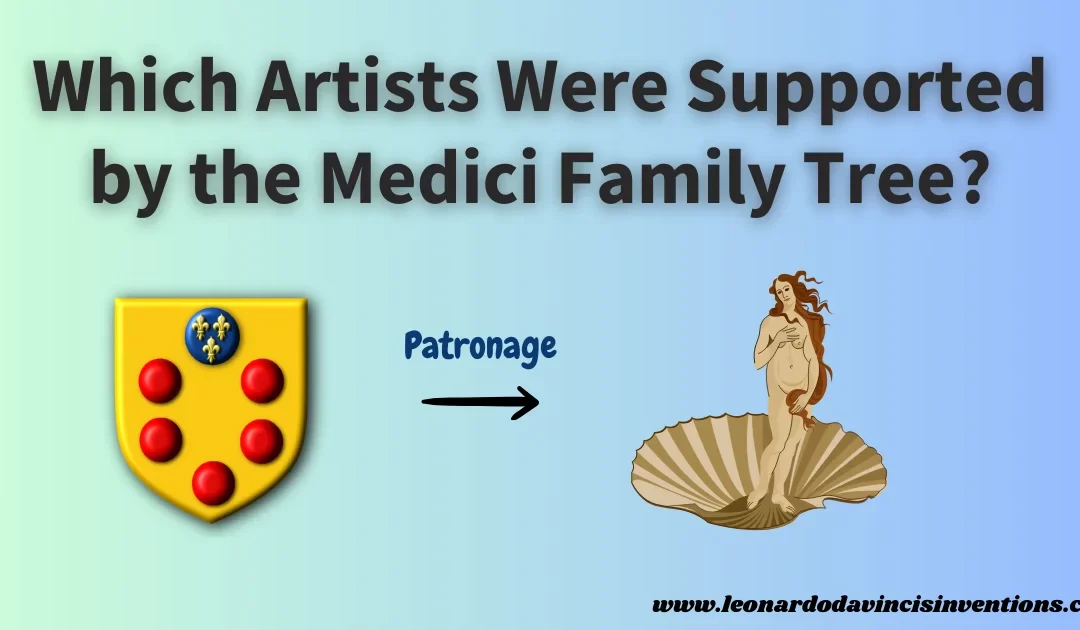
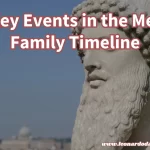
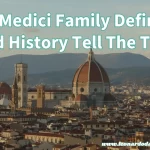
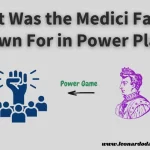
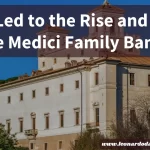
 Leonardo Bianchi,
the creator of Leonardo da Vinci's Inventions.
Thank you for visiting
Leonardo Bianchi,
the creator of Leonardo da Vinci's Inventions.
Thank you for visiting